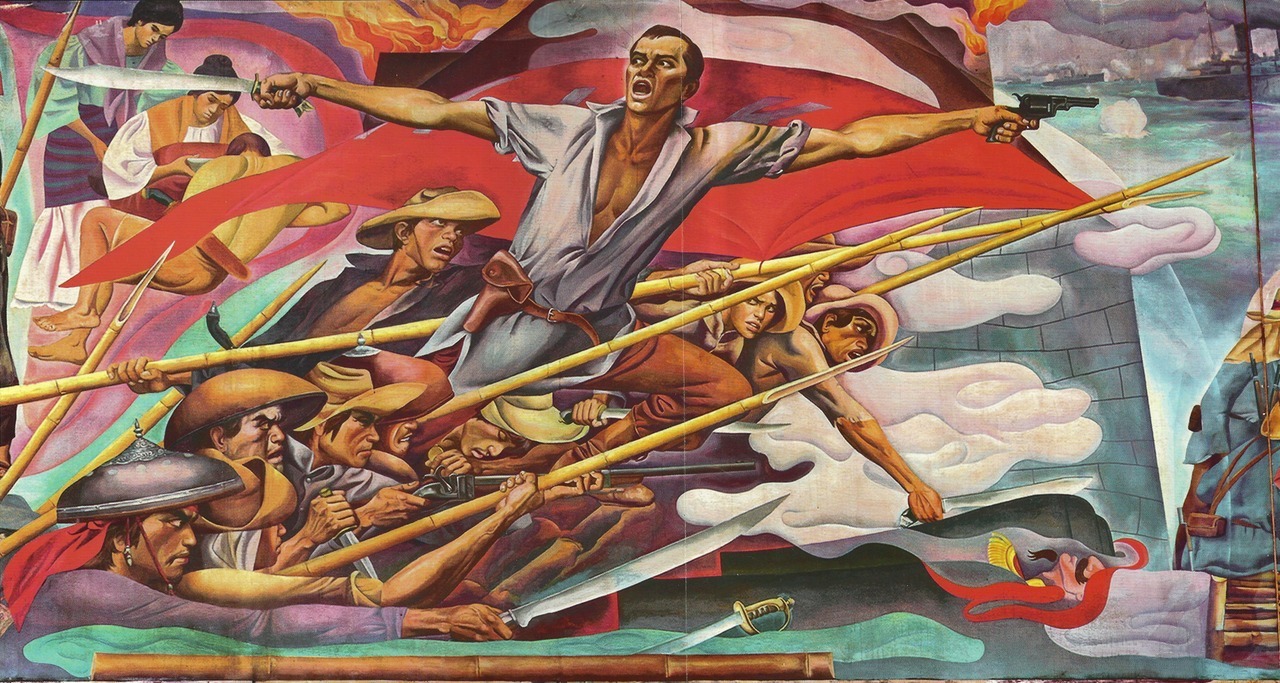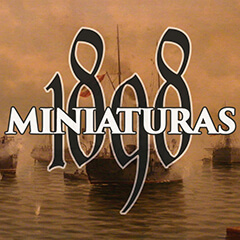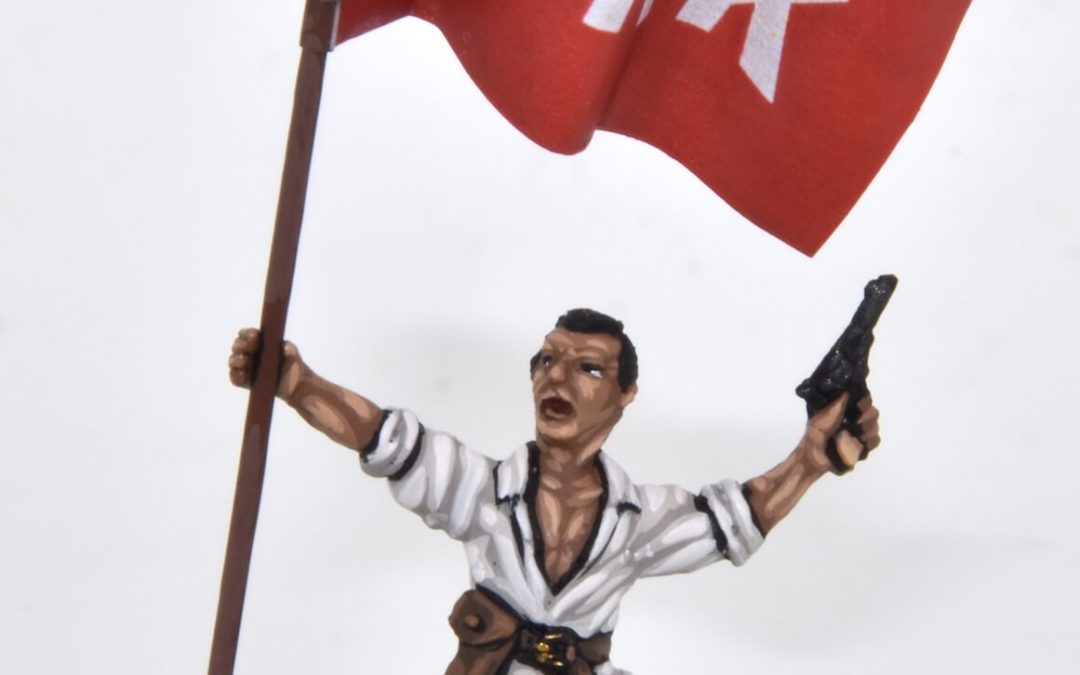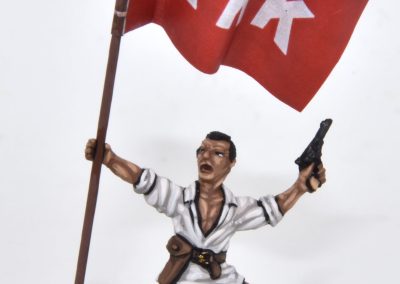Andrés Bonifacio y de Castro (1863-1897) was undoubtedly one of the heroes of the Filipino insurrection against Spain, a radical leader who knew how to mobilize the masses in favor of the struggle for Philippine independence. Born into a humble family, the son of Santiago Bonifacio, a simple official, and Catalina de Castro, a tobacco factory worker, he was the oldest of six children. He could barely study and worked as disparate jobs as a street vendor or a barrel maker.

Engraving of the Filipino revolutionary leader Andrés Bonifacio, published at La Ilustración Española y Americana in 1897.
In 1892 he joined the Philippine League founded by Rizal, but its objectives to improve the situation of the Tagalogs with respect to the metropolis peacefully did not match with his radical vision of the conflict. On July 7, 1892, coinciding with Rizal’s exile to Mindanao, Bonifacio founded the Katipunan together with Ladislao Diwa and Teodoro Plata, a secret society with the objective of fomenting the armed revolt against Spain and seeking the independence of the Philippines. He was, undoubtedly, a charismatic leader as he shows that only in 1896 he managed to get the Katipunan to go from 300 to 30,000 followers.

The Bonifacio Mural (1964) painted by Carlos “Botong” V. Francisco, Philippine National Artist for Visual Arts. The mural shows Andres Bonifacio leading the start of the Philippine revolution against Spain in 1896, the Cry of Balintowak or Cry of Pugad Lawin.
On August 23, 1896, the so-called Balitowak Cry took place, a meeting of the leaders of the society in Coloocan, a suburb of Manila, which ended with the cries of “Viva Filipinas!” and “Long live the Katipunan!” and in which Bonifacio, Katipunan Supremo, called his followers to the revolt against Spain for his freedom, fixing the uprising for the 29th. He incited his followers to break their officlal documents as a symbol that they were no longer governed by Spain. He proclaimed a revolutionary government of which he proclaimed himself generalissimo and sent emissaries to the other provinces to begin his uprising.
On March 22, 1897, he summoned the main leaders of the Katipunan in Tejeros to discuss the future of the rebellion, but in that meeting Emilio Aguinaldo, and not him, was elected president of the revolutionary government. This provoked the confrontation of Andrés Bonifacio and his followers, the “magdiwang”, with Aguinaldo and the “magdalo” council that ended with the arrest of the former. Condemned for treason in a court martial, he was led along with his brother Procopio to the Buntis forest, in Cavite, and shot on May 10, 1897, marking his death the end of the Katipunan.
Get your Andres Bonigacio, Katipunan Supremo for free with our new Premium Collection Tagalog Insurgents! The miniature, inspired in the Bonifacio Mural (see above) can handle either a bolo machete or a flag, as commonly featured in different statues across the Philippines.









I think Emilio Aguinaldo is the one who called the killing of Bonifacio and his brother. Same thing he did to Heneral Luna. I think it’s because Aguinaldo conspired with the Americans for reasons unknown. It’s about politics for sure but, just another conspiracy. Of course there’s into this that nobody wants to talk about or bothered to talk about it. I wanna know more but there’s not much documents to go on.
I’m pretty sure Aguinaldo was the one who ordered to kill Gat Bonifacio and his brother. I believe there are recently found documents supporting this. It would be great if you guys could look into it and update the info on this site.
On the other hand, thank you for the extensive research on the Philippine Revolution, it was a good read!